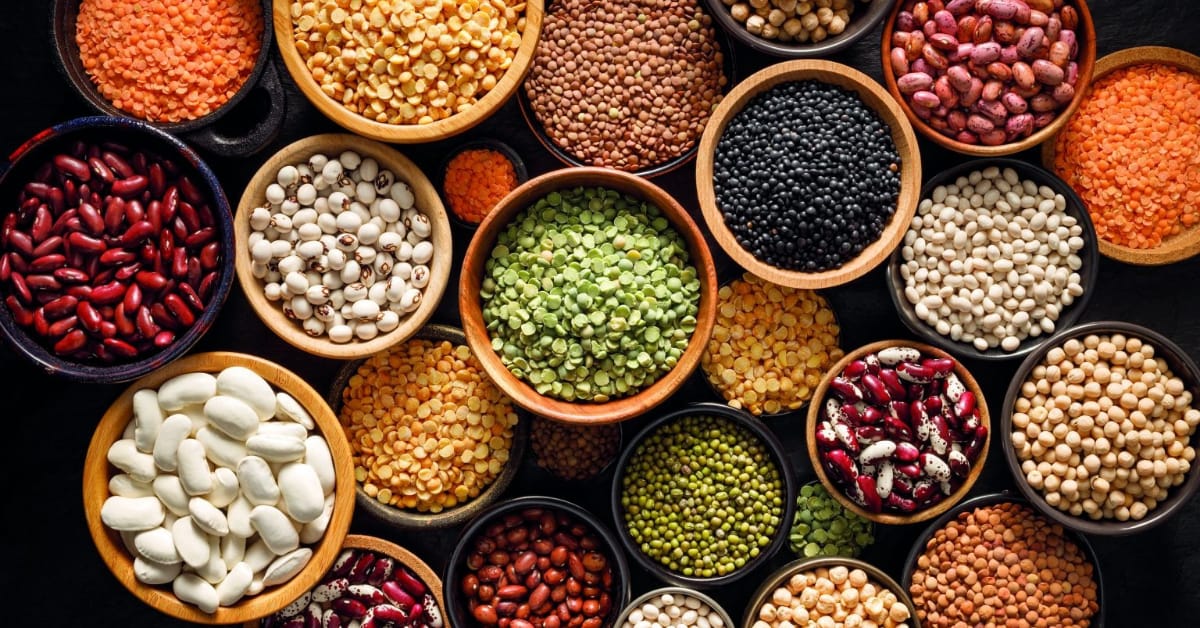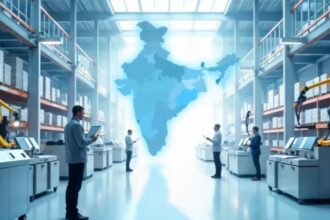“Desh Ki Thali Mein Dal, Kisan Ki Jeb Mein Khushhali” !!
The protein paradox
India produces more pulses than any other country in the world – yet, paradoxically, imports millions of tons every year, as we watch foreign exchange go while our farmers face price instability. This irony is finally getting its end. The Union Government’s “Mission for Atmanirbharta in Pulses” (2025-31) is not just any ordinary agricultural scheme but a roadmap for India to free its pulses economy, thereby achieving rural poverty eradication.
The crisis that demanded action
Despite being the largest producer of pulses in the world, with 27.4% of the global production, India had to import 7.3 million tonnes of pulses in FY25. These imports were almost 18% of domestic consumption. Imported from Africa, Myanmar, Canada, and Australia are tur, urad, and masoor, making dal unaffordable to daily wage earner families, at the same time leaving Indian farmers with no assured buyers. The absurdity was so obvious: the world’s biggest producer of pulses should be relying on imports, while its own farmers face insecurities of the market.
The game-changing solution: What farmers get
“Boya Dal, Kato Vishwas, Pao Samman” (Sow Pulses, Harvest Confidence, Earn Respect)
This mission brings to the farmers what the farmers have always been asking—certainty:
A total of 88 lakh free seed kits of the latest high-yield varieties go straight to the field to completely eradicate the guessing game regarding the quality of seeds. The total certified seeds are about 1.3 crore quintals in order to make every acre of land perform at its best.
Yet the main point of this success is here: under the government’s Price Support Scheme, there will be a 100% procurement guarantee at MSP, for four years, for tur, urad, and masoor. Farmers will not have to face distress sales. The middlemen will not be able to take advantage anymore. If they grow it, the government will buy it—end of story.
Up to 1,000 new processing units will be set up to reduce post-harvest losses to the lowest levels to make sure farmers receive income for every quintal they harvest. Six winter crops will be able to enjoy the increase of MSP by 4-10%. This means crop diversification will make sense economically now. Two crore farmers will become the direct beneficiaries who can change the agricultural landscape of India by doing it one field at a time.
Why this matters to every farmer
The traditional method of paddy cultivation requires 20-25 times of irrigation and that not only depletes the groundwater but also degrades the soil quality. Pulses on the other hand need less than four. The numbers make it very clear: less water, less investment, better soil health, and guaranteed income.
Pulses are nitrogen-fixing in nature that drastically cuts the dependence on fertilizers and the cost as well. In a climate-stressed India, this crop becomes environmental insurance apart from being an economic one. Farmers are not only producing dal but regenerating their land as well while securing their future.
The difference with the past decades is also huge. Between 2004 and 2014, India procured only 6 lakh metric tonnes of pulses. Presently, procurement has been raised 30 times to 1.82 crore metric tonnes. This is not just a step change but a transformation of the structure.
From leakage to liberation
It was a systemic failure that a 2005 report revealed that 60% of subsidised grain never reached beneficiaries. The current system completely avoids these leakages—direct procurement, direct payment, and direct empowerment. Production has grown from 16.35 million tonnes (2015-16) to 26.06 MT (2022-23), while import dependency has plummeted from 29% to 10.4%. Aiming for : 350 lakh tonnes by 2030-31—thus becoming independent of imports.
A harvest revolution
This mission is the convergence of multiple wins- farmer income security, environmental restoration, foreign exchange preservation, and nutrition accessibility for millions. The government has created the perfect conditions for a pulse production explosion by removing market risk through guaranteed procurement, and providing world-class seeds and infrastructure.
The era of import dependency ends where farmer empowerment begins. With ₹11,440 crore supporting this vision, India’s pulse revolution is not coming, it’s already here. And it is being planted, one confident seed at a time, in fields across the nation.









